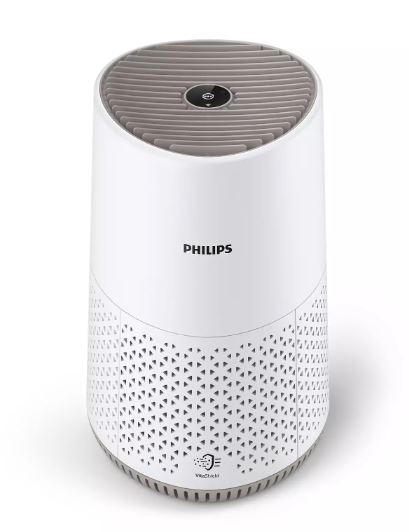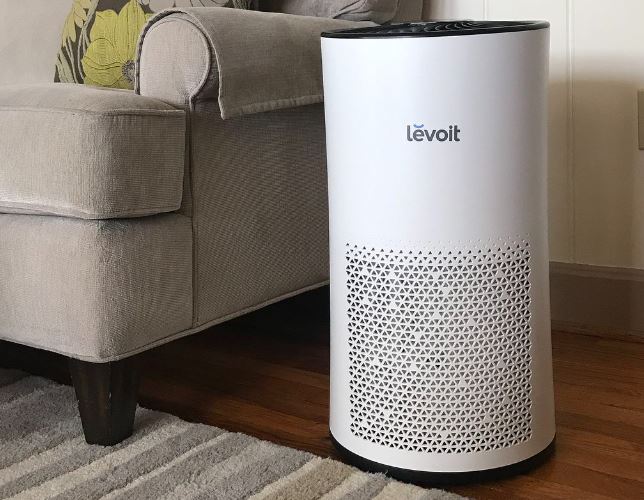Beyond Fresh Air: Unexpected Benefits of Using Air Purifiers
Beyond Fresh Air: Unexpected Benefits of Using Air Purifiers
Blog Article
In today's health-focused society, the air we breathe in has become a prominent focus for individuals across the globe. With rising pollution levels and a better understanding of the effects of indoor pollutants on our health, it's no surprise that the air purifier industry is experiencing tremendous growth.
Air purifiers are machines that remove contaminants from the air in a room, improving indoor air quality. They are particularly beneficial for individuals suffering from allergies, asthma, and respiratory conditions as they can drastically decrease the amount of allergens, pollutants, and irritants in the air. Healthy individuals, too can take advantage of air purifiers, as they give added assurance and protect against airborne pathogens.
This comprehensive overview will explore in detail the intriguing world of air purification, examining their advantages, the different types available, crucial aspects to think about when making a purchasing decision, and optimizing your purifier's performance. By the end, you should have a thorough grasp of air purifiers and be able to make an informed decision about whether investing in one is the smart move for your household.

Unraveling Indoor Air Contaminants and Their Influence on Health
To grasp the importance of air purification, it's essential to grasp the types of pollutants they target and the potential consequences of prolonged exposure.
Indoor air pollutants can be generally classified into the following three categories:
- Particulate Contaminants: This includes tiny solid and liquid particles floating in the atmosphere. Examples include pollen, smoke, dust, pet dander, and mold spores, to name a few. Particulate matter can trigger respiratory problems and set off allergic responses.
- VOCs: A Concern for Indoor Air: VOCs are gaseous compounds released from solids and liquids. Sources of VOCs include cleaning agents, paints, aerosol sprays, pesticides, and similar products. Exposure to VOCs can lead to irritation of the eyes, nose, and throat, as well as headaches and nausea.
- Biological Contaminants: These include bacteria, viruses, mold, and mildew. They can cause a spectrum of health concerns, from mild allergic reactions to severe infections.
The effects of these pollutants on human health can greatly vary. For people with respiratory issues or a vulnerable immune system, exposure to indoor air pollutants can lead to serious health issues. Even those in good health, prolonged exposure over time to certain pollutants can contribute to the development of respiratory issues and other health problems over time.

How Air Purifiers Work
Air purifiers use a combination of physical and chemical processes to trap and eliminate airborne pollutants. Understanding the underlying principles employed by purifiers will help you grasp how they work and the variety of options on the market.
Here are the primary mechanisms and innovations used in air purifiers:
- Mechanical Filtration: This is the most common method used in air purifiers. It involves using filters designed to trap airborne particles as air is passed through the filtration system. The filtration media varies, each designed to capture specific types of particles. For example:
- Pre-filters: These are usually the first line of attack, trapping bigger contaminants like hair and dust.
- HEPA Filters: The Gold Standard: HEPA filters are exceptionally efficient at trapping tiny particles, including bacteria, viruses, pollen, and dust mites. To be labeled a true HEPA filter, it must capture at least 99.97% of particles as small as 0.3 microns.
- carbon filtration: These filters are designed to adsorb odors, VOCs, and gaseous pollutants.
- The Power of Ionization: Ionizers use electrical charges to create ions with a negative charge, which attach themselves to particles in the air. The particles become charged, causing them to stick to surfaces or the purifier.
- Ozone Generators: Some air purifiers use ozone as a powerful cleaning agent. While effective, ozone can also be harmful to human health so these types of purifiers should be used with care and only when no one is present.
- UV Light: Shining a Light on Purification: UV light can be used to destroy biological contaminants like bacteria, viruses, and mold spores. UV light is commonly paired with filtration to capture particles first, followed by UV light to neutralize any remaining biological threats.
Selecting the Perfect Purifier
With a variety of choices available, selecting the ideal air purification system can be a difficult decision. It's important to consider several factors to ensure you make the right choice for your unique requirements and space.
Here are some essential factors to weigh:
- Considering Room Size: Air purifiers are typically designed for specific areas, so it's important to choose a model that can efficiently purify the air in the designated space. Most purifiers will list a suggested room size or CADR rating, which indicates the rate at which it can deliver clean air.
- Understanding Contaminants: Identify the types of pollutants you want to target. If you suffer from allergies, look for a purifier with a HEPA filter. For odor removal, consider a model with a activated carbon filter. If you're concerned about pathogenic microorganisms, a purifier with UV light disinfection might be best.
- Quiet Operation: Air purifiers can produce different noise levels, so if you plan to use it in a quiet bedroom or tranquil space, look for models with a low-noise or sleep mode.
- Maintenance and Costs: Consider the regular maintenance and associated costs of the purifier. HEPA filtration systems may need periodic replacement, depending on use and environmental factors. Remember to budget for filter replacements when making your choice.
- Smart Innovations: Many purifiers offer smart features like air quality sensors, automatic modes, and Wi-Fi connectivity, allowing wireless control and real-time data. These features can make your purifier more user-friendly and efficient.
Maximizing the Benefits of Your Air Purifier
Once you've chosen and set up your air purifier, there are several things you can do to ensure it operates at optimal levels and delivers the maximum benefits:
- Strategic Positioning: Position your purifier in an unobstructed area, avoiding walls and furniture, to ensure effective airflow. Avoid placing it near open windows or doorways as drafts can impact its efficiency.
- Consistent Use: For the best results, it's recommended to run your purifier regularly. Many models have energy-saving features or smart modes that respond to air quality changes, so you can maintain fresh air without excessive energy costs.
- Regular Filter Care: Regularly follow the manufacturer's filter replacement guidelines. Over time, filters become saturated with particles, affecting efficiency. Set a reminder for filter changes so you don't forget.
- Limiting Indoor Pollutants: Alongside using an air purifier, take steps to reduce indoor pollutants. This could include vacuuming, dusting, choosing natural cleaning alternatives, and limiting aerosol and chemical products. Report this page